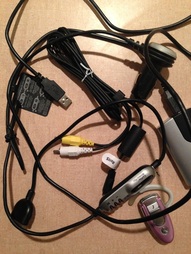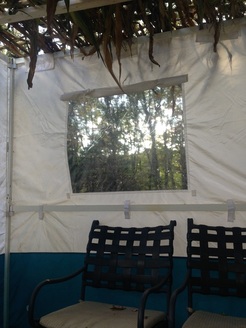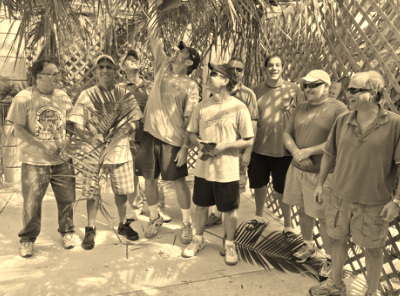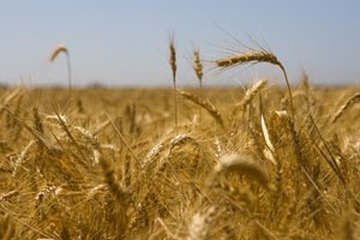
This week, I did bring myself to opening yet another box and found in it the contents of a bureau drawer that my wife and I call the "old tech" drawer. This is the place where, over the years, we have accumulated the bits of technology – cell phones, music players, their accessories and other gadgets – that we no longer use. I suppose I also have to admit that my wife and I are gadget lovers, so we do have a lot of "old tech."
This definitely was one of the boxes that I was fearful about finding. It was a rat's nest of power adapter cords, earphone cords, card reader cables and USB cables. The thing that really gave me pause, though, were the items that I had long since forgotten that I even owned: The portable keyboard for a Palm Pilot, the dashboard GPS unit, the bulky Bluetooth earpiece.
Why should such items cause me embarrassment? It is not because they are old and have been replaced by slimmer, smaller and more capable devices. Rather, it is because I remember how, long ago, I was so much in love with these … things.
I remember how each device seemed so helpful, important and cool when I bought it. Looking at them now, I realize that I had put far too much faith in the ways that I imagined that would change my life. And, now, looking at my current collection of devices, I realize that I am still engaged in this silly self-delusion. My smart phone, laptop and tablet are all just things, too, that will soon fade away into some drawer or another.
This is what the holiday of Sukkot is supposed to do to us. It is supposed to remind us that, not only is our stuff subject to obsolescence, but that many of the things we imagine give us status, power and comfort in life are really transitory. The cult of "newness" that our society worships is nothing new and nothing lasting. Truly, "there is nothing new under the sun" (Ecclesiastes 1:9). Like the roof of the sukkah, it can all be blown away with a good gust of wind. How embarrassing.
As we say goodbye tonight to Sukkot for another year, I try to remember to put my faith in the things that really last – sacred relationships, sacred memories, sacred learning and sacred love – and not just in things.
Other Posts on This Topic:
Sukkot: Gathering in Ourselves
Sukkot: To Everything There is a Season









 RSS Feed
RSS Feed
